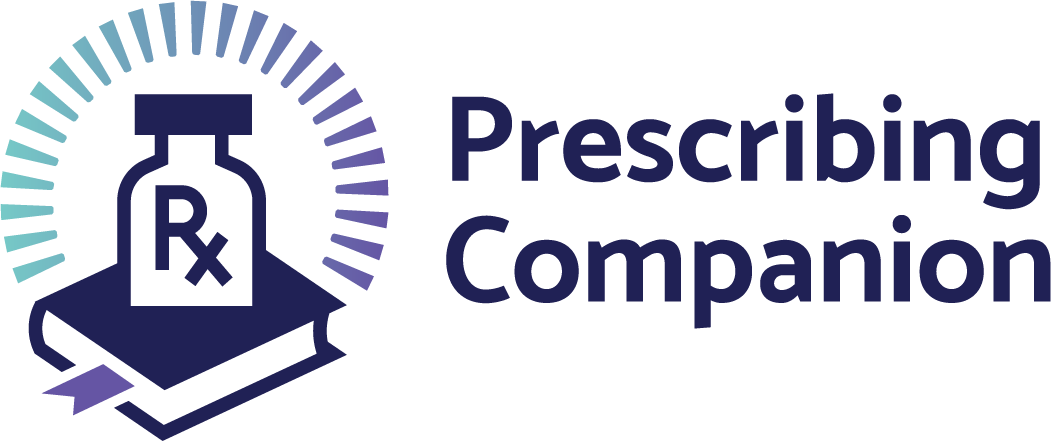Description
This is an inflammation of the lungs usually caused by Streptococcus pneumoniae, Mycoplasma pneumoniae and Staphylococcus aureus Haemophilus Influenzae type B and atypical organisms such as Jiroveci pneumonia.
Clinical features
These are usually of sudden onset.
Signs and Symptoms
• Fever
• Dry or productive cough
• Chest pain
• Chills
• Breathlessness
• Children may be unable to drink or breastfeed
• Bronchial breathing
• Drowsiness
• Increased respiration rate
• Cyanosis may be present
• Flaring of nostrils
• Chest indrawing
• Increased pulse rate
• Crepitations
• Breath sounds may be reduced
• Sputum may be “rusty”.
Complications
• Septicaemia
• Lung abscess
• Emphysema
• Heart failure
• Meningitis
Investigations
This is based on clinical findings but may be supported by radiological examinations which show lobar and bronchial pneumonia.
Treatment
Some patients will need admission particularly if there is cyanosis or complications.
• Benzylpenicillin 1-2MU intravenously 6 hourly for 5 days adults, children 25,000-50,000 units/kg
intravenously/intramuscularly in 4 divided doses for 7 days (as soon as the symptoms and respiratory rates
are controlled change to oral medication i.e. Amoxycillin 250mg for adults and 125 mg/5ml in children) or
• Ceftriaxone 1g - 2g daily adults, children 20 50mg/kg daily intravenously/intramuscularly for 7 days. if
allergic to penicillin or
• Erythromycin 500mg adults, orally 6 hourly for 7 days, children 2030mg/kg in 4 divided doses for 7 days
• Oxygen is indicated if respiratory distress or cyanosis is present
• Non-opiate analgesics; Paracetamol 500mg - 1g orally 3 - 4 times daily adults, children 10-20mg/kg orally3 - 4 times daily.
Refer early to a specialist if the patient is not rapidly improving with antibiotic treatment
